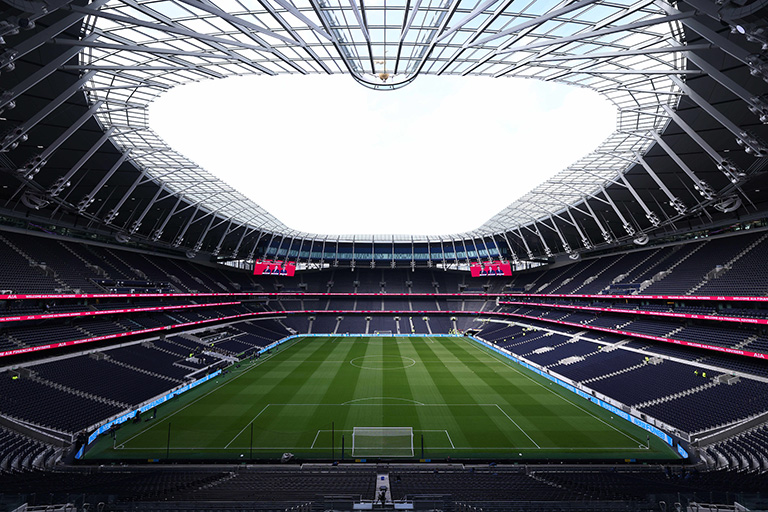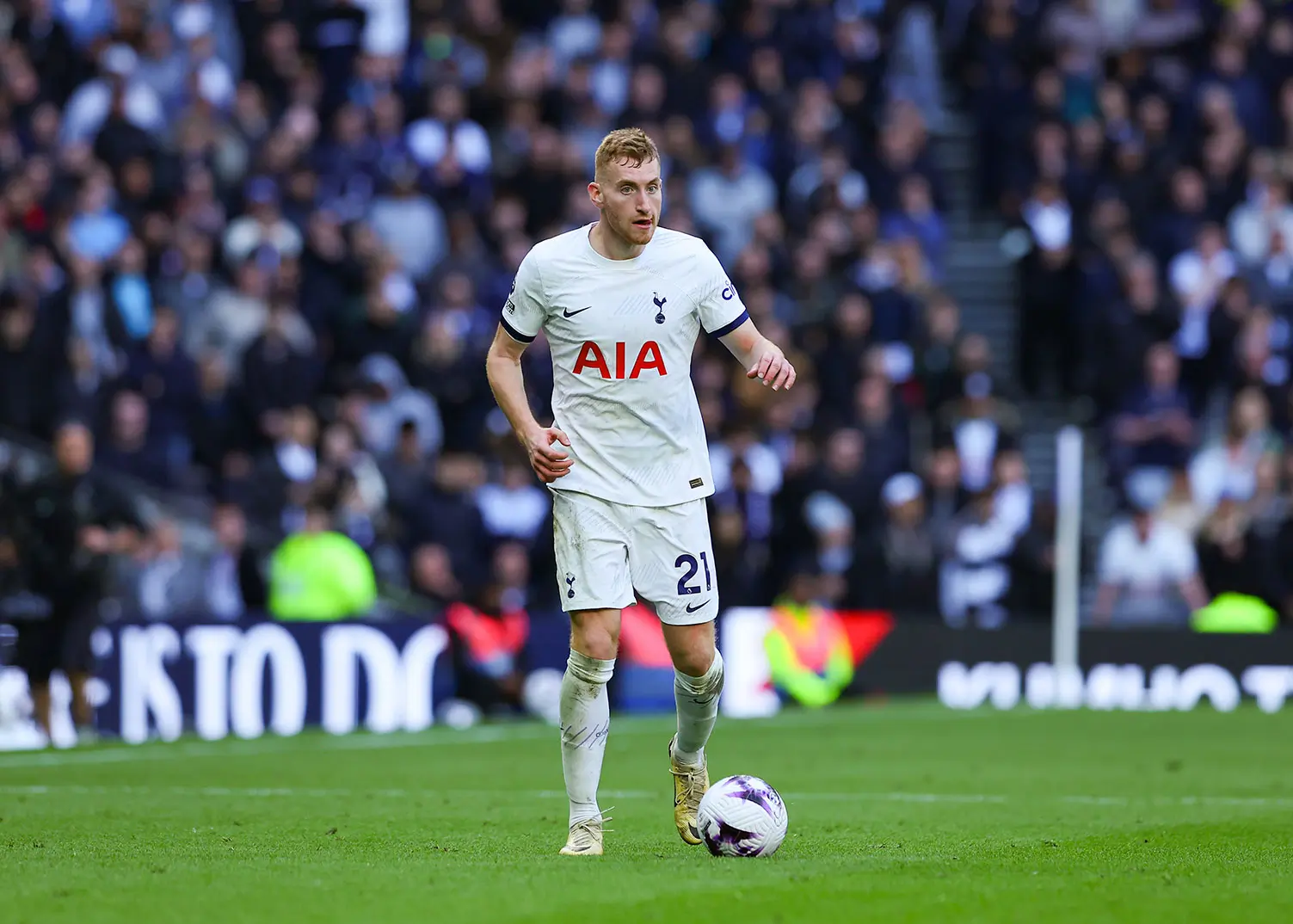The Premier League has taken a significant step towards financial sustainability by approving a new spending cap for all its clubs. This decision, made after extensive consultations with clubs and stakeholders, aims to curb excessive spending and ensure a more level playing field. The cap will be implemented from the start of the 2024-2025 season.
Details of the Spending Cap
The new spending cap limits the amount clubs can spend on player transfers, wages, and agent fees to a percentage of their annual revenue. Clubs can spend up to 70% of their total revenue on these expenses. This measure prevents clubs from incurring unsustainable debts while promoting responsible financial management.
The cap includes strict penalties for clubs that exceed the limit. These penalties range from fines to points deductions, depending on the severity of the breach. The Premier League will also conduct regular audits to ensure compliance, adding an extra layer of oversight.
Impact on Clubs
The spending cap will have a profound impact on how clubs operate. For top-tier clubs with substantial revenues, such as Manchester United, Liverpool, and Manchester City, the cap will likely require adjustments in their financial strategies. These clubs often spend heavily on player acquisitions and wages, and they will need to find a balance to stay within the new limits.
For mid-table and lower-tier clubs, the cap could level the playing field, providing them with a better chance to compete against wealthier rivals. These clubs will now focus on developing homegrown talent and making shrewd transfer decisions. The cap encourages a more strategic approach to squad building and financial planning.
Clubs like Everton and Aston Villa, which have historically balanced their books well, might find themselves at an advantage. They can continue their prudent financial management while pushing for higher league positions. Meanwhile, newly promoted clubs will need to be cautious. They must avoid the temptation to overspend in a bid to stay in the top flight.
Reactions from Club Managers and Executives
Reactions to the spending cap have been mixed. Some managers and club executives have welcomed the move, citing the need for financial responsibility in football. They believe the cap will promote long-term stability and prevent financial crises like those seen in clubs such as Bolton Wanderers and Derby County.
Others, however, have expressed concerns that the cap could hinder their ability to compete at the highest level. They argue that investment in top talent is crucial for success in domestic and European competitions. For these clubs, adjusting to the cap may involve significant restructuring of their financial operations.
Club managers like Jürgen Klopp and Pep Guardiola have voiced their concerns. They worry that the cap might limit their ability to attract top-tier talent, affecting their clubs’ competitiveness in the Champions League. On the other hand, managers of smaller clubs see it as a chance to bridge the gap. They can now compete on a more even footing.
Historical Context
The introduction of the spending cap is not without precedent. Similar measures have been implemented in other leagues, such as Major League Soccer (MLS) in the United States. MLS has operated under a salary cap system since its inception, which has contributed to the league’s financial stability and competitive balance.
In Europe, Financial Fair Play (FFP) regulations have aimed to control spending, though with varying degrees of success. The Premier League’s new spending cap is seen as a more direct and enforceable approach to achieving financial fairness and sustainability.
Looking Ahead
As the new spending cap comes into effect, all eyes will be on how clubs adapt to this change. The cap is expected to drive innovation in player development and scouting, as clubs look for cost-effective ways to strengthen their squads. Fans can also expect to see more emphasis on youth academies and the development of homegrown talent.
The Premier League’s commitment to financial sustainability is a positive step for the future of football. By encouraging responsible spending, the league aims to create a more competitive and financially stable environment for all clubs. The success of this initiative will depend on the cooperation and adaptability of the clubs and the effective enforcement of the cap by the Premier League.
The next few seasons will be crucial. Clubs will need to adjust their strategies, focusing on long-term growth rather than short-term gains. This shift could lead to a more sustainable and exciting Premier League, where financial prudence and footballing excellence go hand in hand.
To catch up on the latest news and updates from the team, check out the Tottenham Hotspur Official Website. Special thanks to Action Plus Sports Images for providing photography. Stay tuned for more player ratings and match analysis in our upcoming posts. For more up to date news and analysis Join our community



